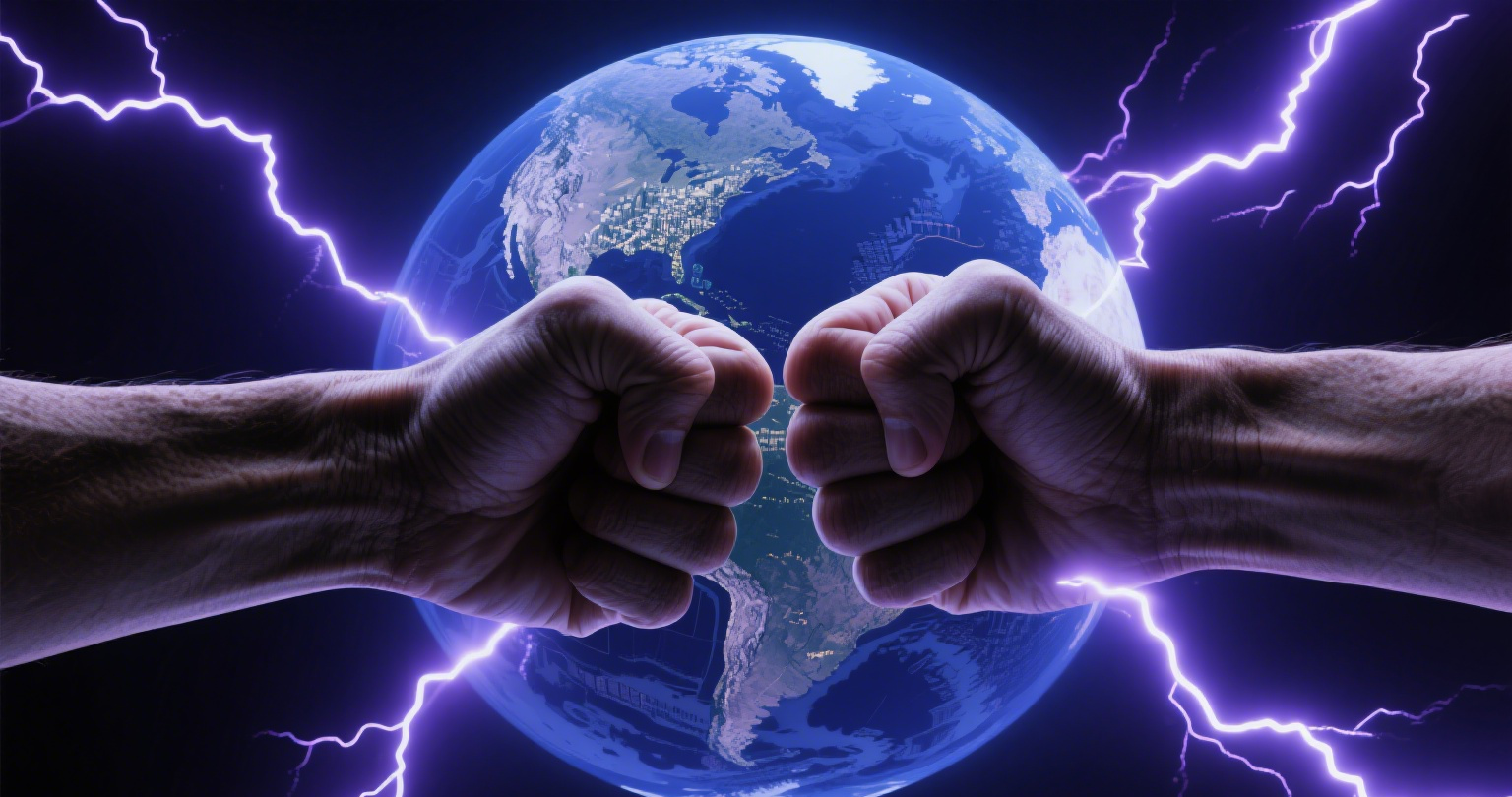 Industry News
Industry News "Tariff Deadline" in Countdown: Trump Opts for Direct Notifications, Axes Meeting Requires
"Tariff Deadline" in Countdown: Trump Opts for Direct Notifications, Axes Meeting Requires
2025-11-20
2025-11-20
2025-10-13
2025-08-27
2025-08-19
2025-07-30
 Current Affairs
Current AffairsLet’s face it—today’s instruments and equipment in fields like healthcare and environmental protection are absolutely crucial. They directly impact our physical health, the safety of our planet’s environment, and even the sustainable development of society. However, taking these instruments from R&D and production to market-ready status is no easy feat. They must navigate numerous hurdles, meet a host of strict regulatory requirements, and pass complex certifications. This isn’t just about ensuring product quality and public safety; it’s also a critical step for companies to gain market access. Along the way, enterprises encounter many frustrating certification challenges.
What is "Regulatory Compliance" and What Does It Cover?
Simply put, "regulatory compliance" means that your products or services must adhere to mandatory national or international regulations, standards, and guidelines. For medical devices, this ensures equipment is safe, effective, and reliable in use, without endangering patients or operators. For environmental instruments, the focus is on ensuring the accuracy and traceability of monitoring data, which supports effective environmental management and pollution control.
These regulations aren’t limited to a single stage—they cover the entire lifecycle: from initial design, material selection, production, and quality control, to post-sales installation, use, maintenance, and even end-of-life disposal. Every step must follow the rules. In healthcare, for example, there are standards like the ISO 13485 quality management system, the EU’s CE marking (under MDR), FDA certification in the U.S., and NMPA registration in China. The environmental sector also has a wealth of national standards, industry norms, and testing standards from organizations like the International Electrotechnical Commission (IEC).
Certification Challenges for Instruments in Medical, Environmental, and Related Industries
While regulatory compliance is vital, obtaining these certifications is an arduous journey filled with obstacles:
Countries and regions worldwide have their own sets of rules. For instance, the EU’s MDR significantly raised the bar for medical device上市. These regulations aren’t static—they evolve with technological advancements, risk awareness, and societal needs, requiring enterprises to invest significant effort in continuously researching and adapting to these "shifting requirements."
Certifying an instrument demands substantial R&D funding, rigorous testing and validation (such as biocompatibility, electromagnetic compatibility, and software verification), and even clinical trials for medical devices. Add to this the need to prepare extensive technical documentation and risk reports, and the process becomes not only costly but also time-consuming. Some products take years to certify, drastically delaying market entry and increasing risks.
Emerging technologies like AI, IoT, and big data are being integrated into instruments, creating novel applications unforeseen by traditional regulations (e.g., AI-assisted diagnostic medical software, smart environmental monitoring networks). Existing legal frameworks often lack clarity on risk assessment, validation, data security, and privacy protection for these innovations. This leaves enterprises in a dilemma: wanting to innovate but fearing non-compliance, or seeking compliance but feeling restricted.
Modern instrument production relies heavily on global sourcing and collaboration, involving numerous upstream suppliers, component manufacturers, and software service providers. Ensuring every link in this long supply chain adheres to regulations is an almost "impossible task" for enterprises. A single misstep in any could result in failed certification or even product recalls, leading to significant losses.
Regulatory compliance requires interdisciplinary professionals skilled in technology, law, and quality management systems. However, such "all-round" experts in regulatory affairs, quality management, and clinical evaluation are rare in the market. Many enterprises struggle to build efficient compliance teams as a result.
Strategies and Future Outlook
Faced with these challenges, enterprises can’t afford to be passive—proactive measures are essential:
Embed regulatory requirements into product design ("Design by Compliance") to avoid last-minute fixes before.
Establish and continuously improve a robust quality management system (QMS) to ensure traceability and control across all stages from design to sales.
Build dedicated regulatory affairs teams or collaborate with experienced consulting firms to stay updated on the latest regulatory changes.
Use digital solutions to streamline document management, risk assessment, and traceability processes.
In essence, regulatory compliance is more than a mandatory obligation—it reflects a company’s core competitiveness and social responsibility. While certification challenges in medical, environmental, and related industries are significant, with advance planning, meticulous management, and a spirit of innovation, enterprises can effectively navigate them. This will enable safe, reliable products to serve the public, earn market and consumer trust, and achieve long-term development.
Disclaimer: This website respects intellectual property rights. If any infringement is found, please contact this website in a timely manner for handling.